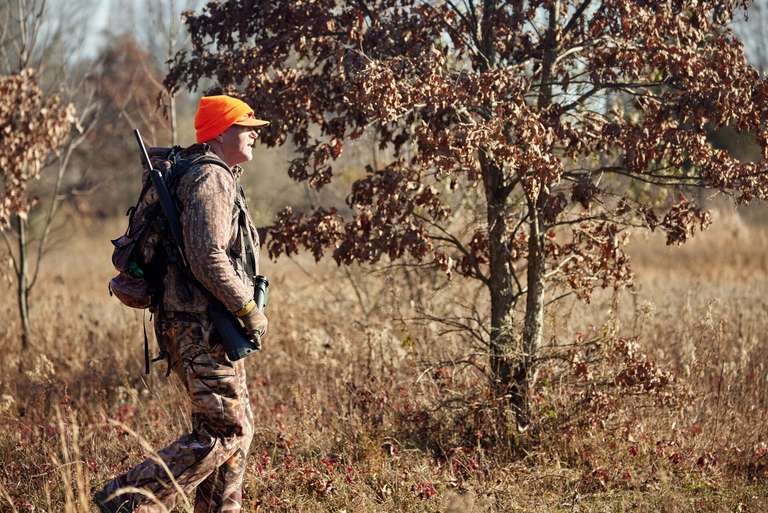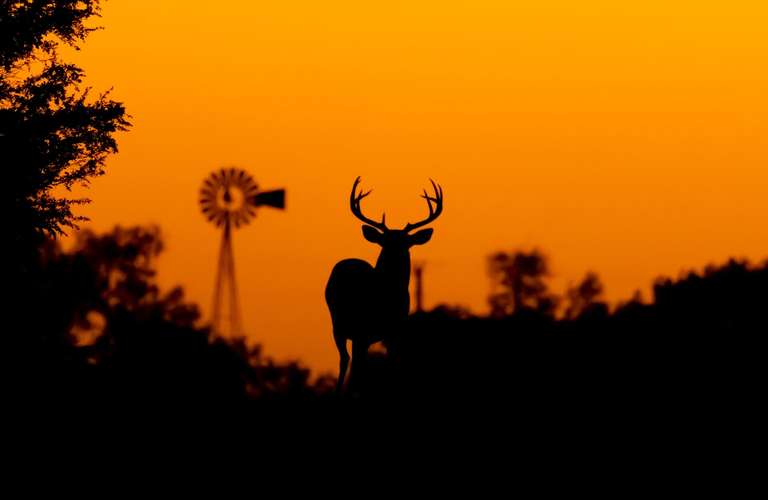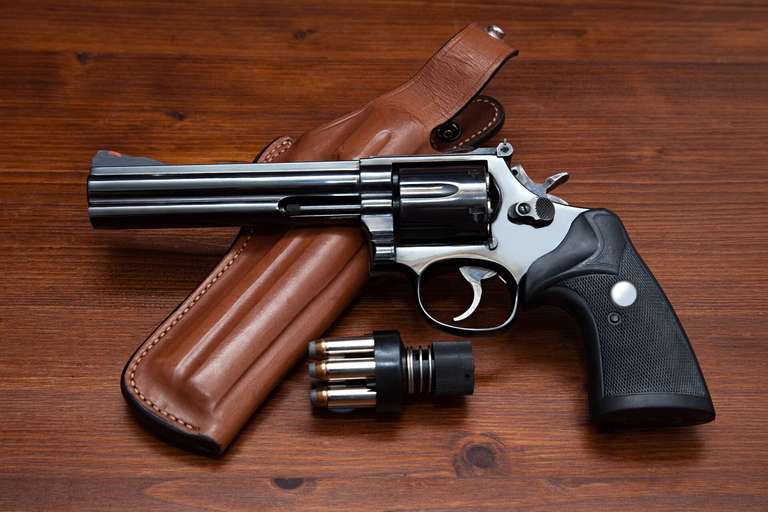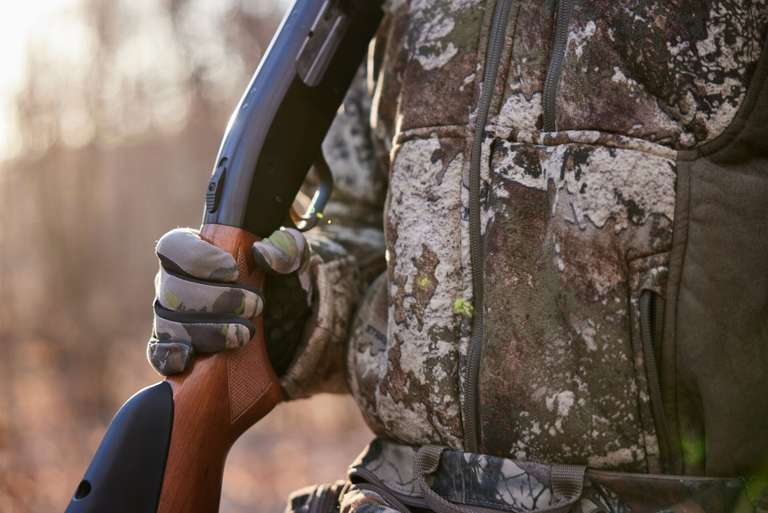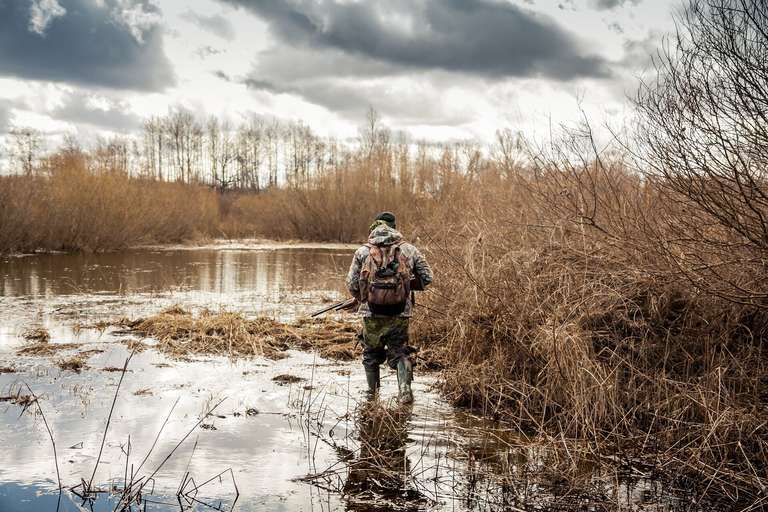How to Improve Your Long Range Hunting Skills
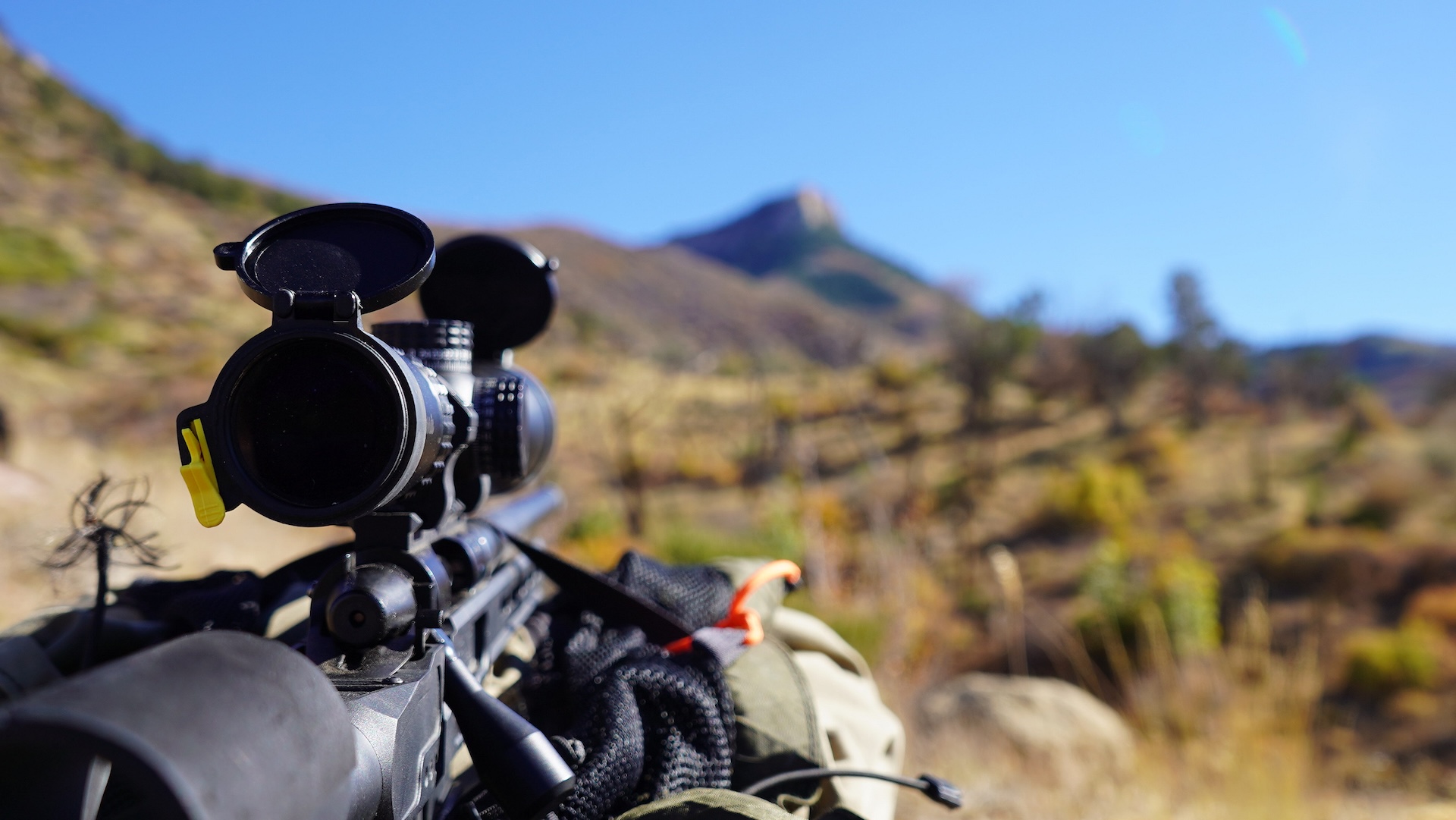
Shooting game beyond conventional distances — typically 300 yards and farther — is a specialized skill for hunters who attempt to harvest game in terrain where close encounters aren’t feasible. We generally consider this "long-range" hunting.
Improving your long range hunting skills to make ethical shots requires the right equipment, dedicated practice, and mastery of marksmanship fundamentals and ballistics. What's the best approach to boosting these skills for a successful hunt? Keep reading to learn!
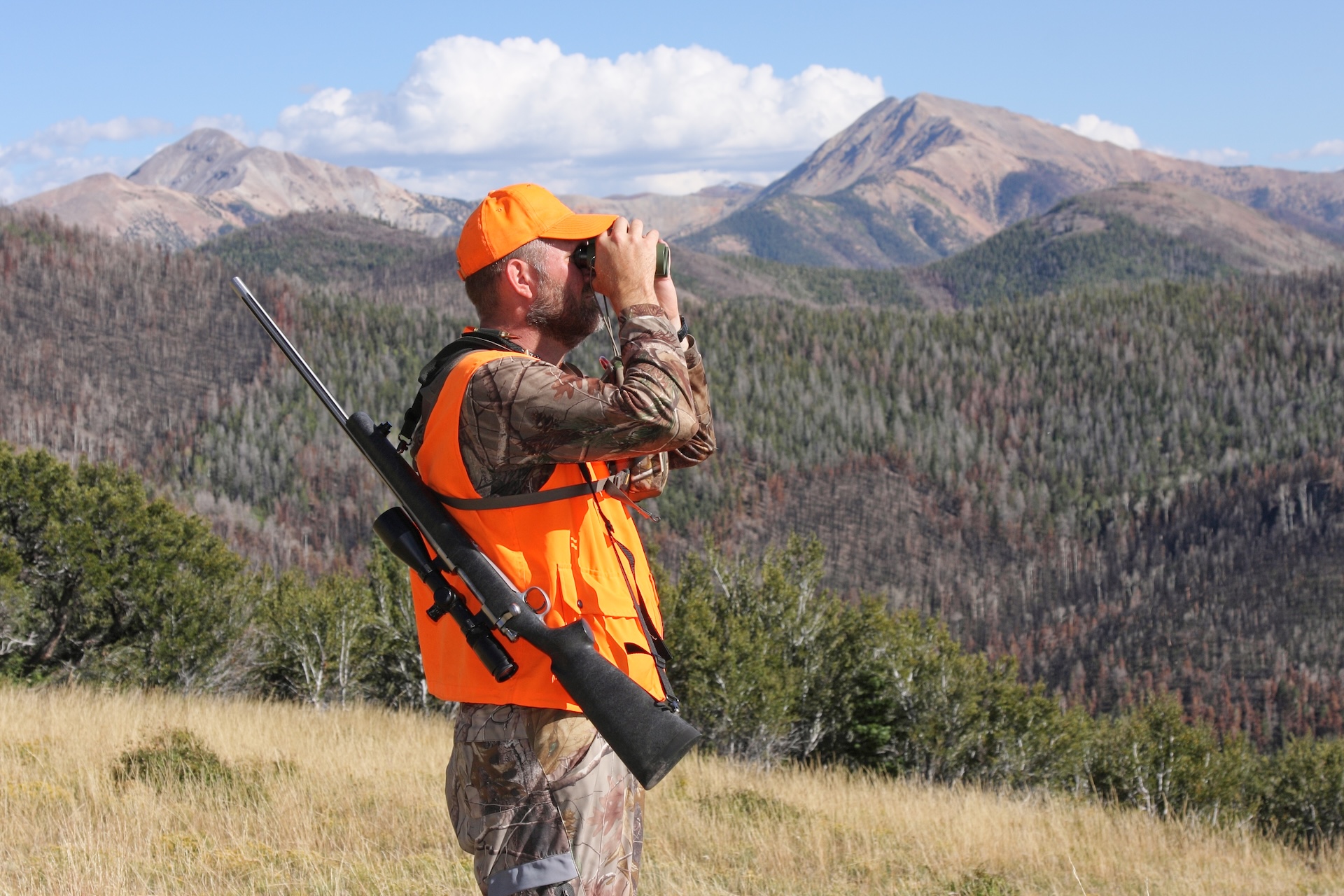
Why Long Range Hunting Matters
Your ability to make lethal and ethical shots at longer ranges can open up new hunting opportunities.
Effective long-distance shooting capabilities are often necessary when pursuing game in open prairies, agricultural fields, or rugged alpine environments.
Additionally, accurately reading the wind, understanding your rifle and cartridge’s ballistics, and solid marksmanship skills also transfer to shorter ranges. The ability to make an accurate 500-yard shot on a 10-inch target means a 100-yard shot on that same-size target is exponentially easier.
What Will You Hunt at Long Range?
Every game species can present unique challenges, approaches, and long-range hunting considerations.
Here are a few animals that you're most likely to be after when hunting long range:
- Deer (Whitetail, Mule Deer, Elk): These large ungulates are found out West in open fields and mountainous terrains that can demand long-distance shots across valleys or ravines.
- Alpine Big Game (Caribou, Bighorn Sheep, Mountain Goats): These animals inhabit rugged and expansive terrain that provides the hunter with little to no cover, so shots must be taken at long ranges.
- Pronghorn Antelope: “Speedgoats” prefer to live in open plains where their keen eyesight gives them a competitive advantage, making spot-and-stalk approaches extremely difficult.
- Coyotes and Predators: Long-range shooting is often required since these wary animals can typically detect human presence beyond conventional hunting distances.
To harvest any of these animals, you'll need to hone your skills in hunting with a long-range rifle.
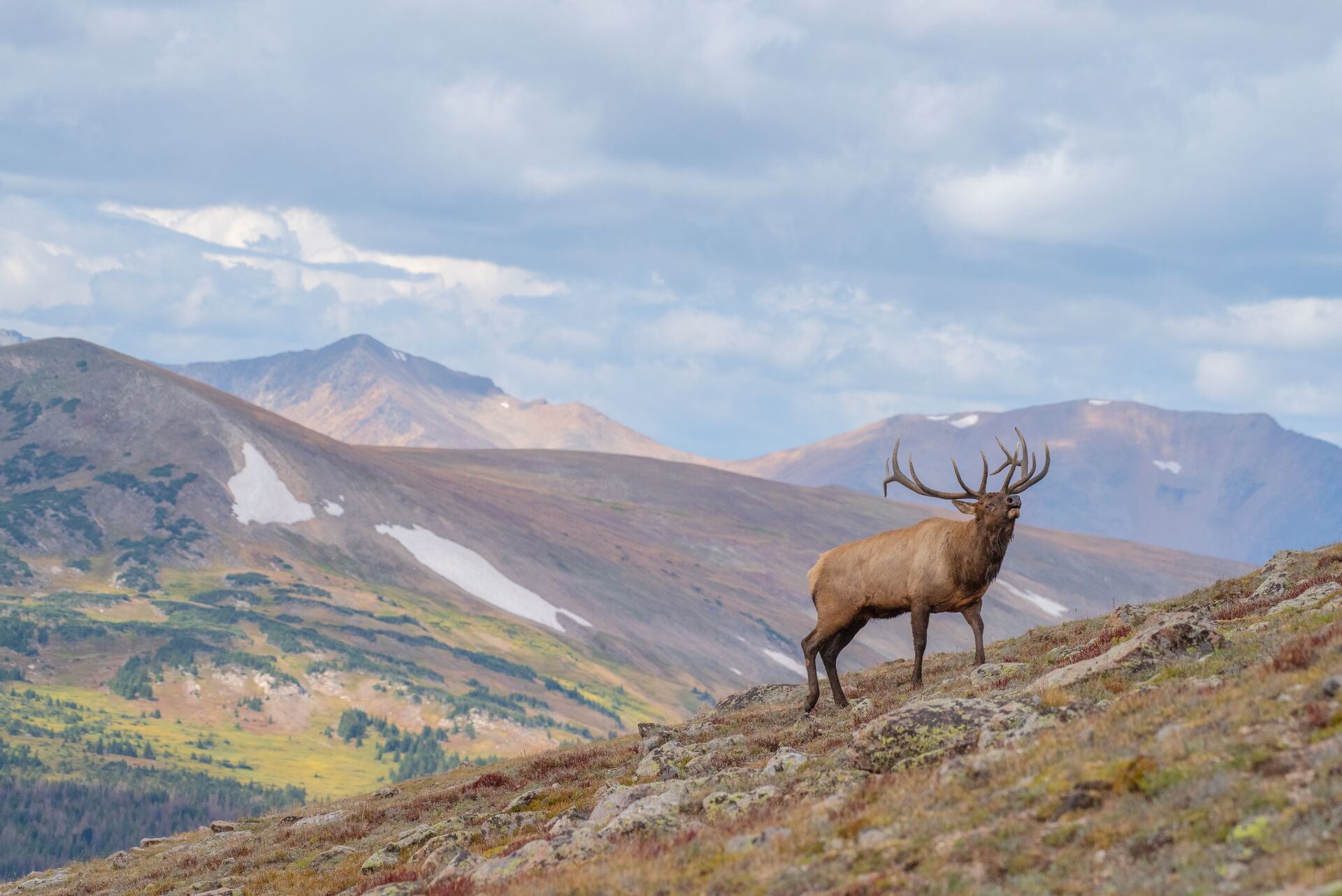
Situations That Require Long-Range Hunting
Aside from the animal’s preferred habitat, environmental factors come into play that will dictate shooting distance.
Open country hunting in plains, fields, and tundra has few opportunities for concealment. The lack of terrain features will force you to make shots at longer distances.
Mountains and high alpine country often involve spotting game across valleys or ridgelines. Physical barriers and rapidly changing wind conditions may require hunters to take longer-range shots.
Low-cover terrain like prairies and recently harvested fields can make you feel like there is just enough cover to conceal your boots. Unless you like belly-crawling for hours to avoid detection, you’ll need to take long-range shots.
Some animals, like pronghorns and predators, have keen eyesight, hearing, and smell. Even if the terrain can provide visual concealment, your noise and scent discipline may blow the stalk. Having the skill to make a longer distance shot can compensate for those factors.
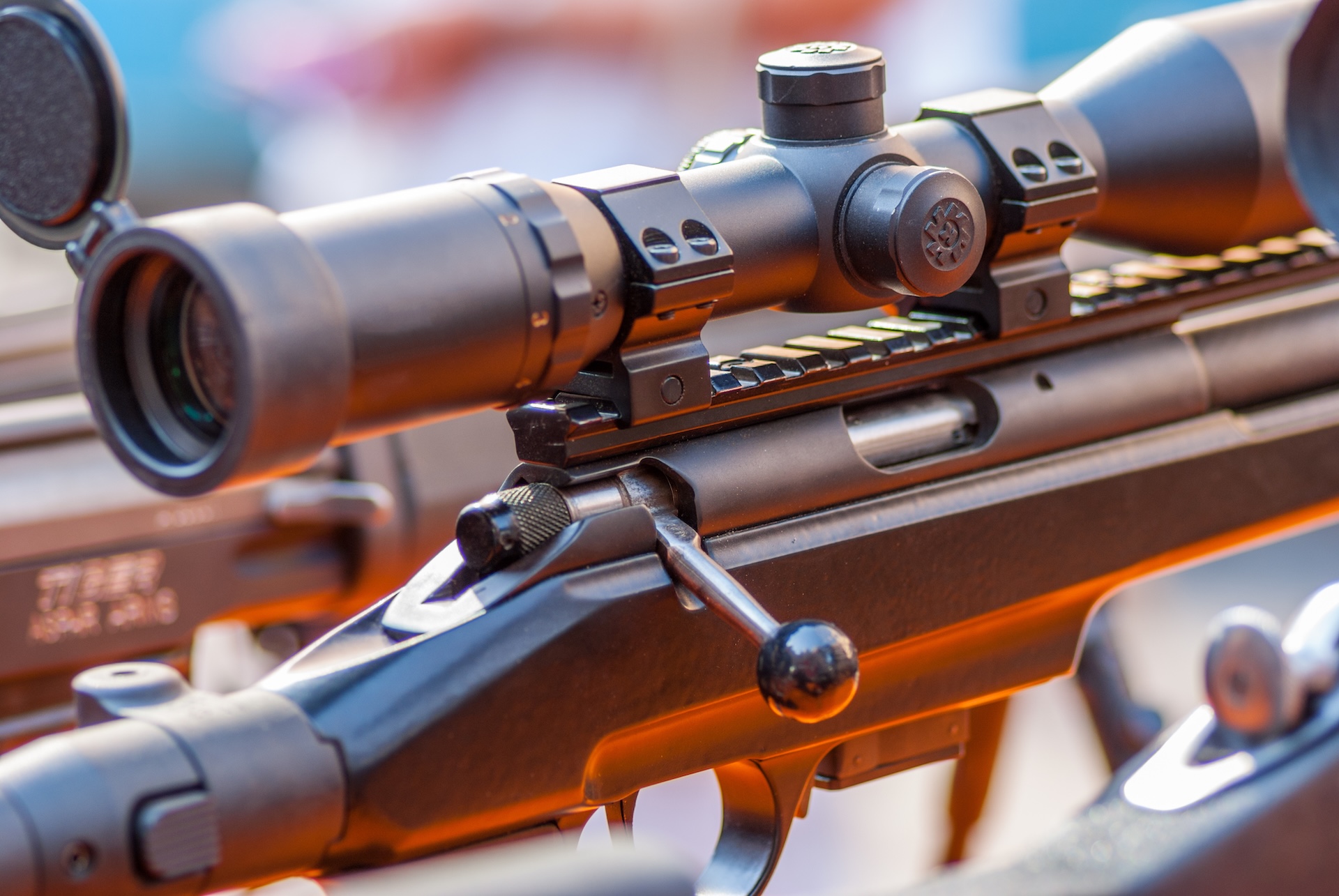
How to Choose the Right Long-Range Hunting Rifle
The ability to consistently deliver accurate shots at a distance starts with a long range hunting rifle.
Look for rifles with precision-engineered barrels and adjustable stocks that let you customize cheek height, length of pull, and trigger pull. Stock materials made from carbon fiber or other composites are lightweight and durable while still offering some semblance of recoil reduction. Although lighter rifles are easier to carry on long hikes, they also increase felt recoil, making rapid follow-up shots more difficult.
Pair your rifle with a quality optic. A rule of thumb is to spend twice as much on the optic as your rifle. You want an optic with a reputation for keeping zero after repeated bumps and shots.
Popular modern long-range bolt-action hunting rifles that offer excellent performance without requiring a custom rifle investment include:
- Tikka T3x
- Bergara B-14 HMR
- Seekins Precision Havoc
- Savage 110 Long Range Hunter
- Browning X-Bolt
- Christensen Arms Ridgeline
Remember that you matter more than the rifle. Buy the best rifle you can afford and practice, practice, practice.
What Are the Best Long-Range Hunting Calibers?
Many experienced hunters believe selecting the best long-range shooting setup starts with the cartridge, not the rifle. You’ll want to choose the best long-range hunting caliber with the cartridge that balances trajectory, felt recoil, speed, and wound channel size for the animal you’re hunting.
Here are some of the current top-performing hunting calibers:
- 6.5 Creedmoor: Introduced by Hornady in 2007, the 6.5 Creedmoor has developed a reputation for accuracy and low recoil while delivering lethal hits to deer, coyotes, and even elk or moose.
- .308 Winchester: The .308 was developed in 1952 as a .30-06 with a shortened case. This is a proven round at ranges under 350 yards and may take some load development to shoot out to 500 yards.
- .300 Winchester Magnum: This high-velocity, hard-hitting cartridge was introduced in 1963 and is considered ideal for elk and other large game.
- .338 Lapua Magnum: Created in 1982 as a military sniper cartridge for distances up to 1,500 meters (1,640 yards, or just shy of one mile), this caliber offers outstanding range and terminal velocity for large game.
- 7mm Remington Magnum: Introduced in 1962, this long-standing staple of western big game hunts is valued for its flat trajectory and effective (lethal) range of around 750 yards.
With large caliber rifles, bigger is not always better. Find a cartridge that you can shoot accurately with manageable recoil. If you must readjust the rifle after each shot to find your target again, you’re probably shooting too powerful a cartridge.
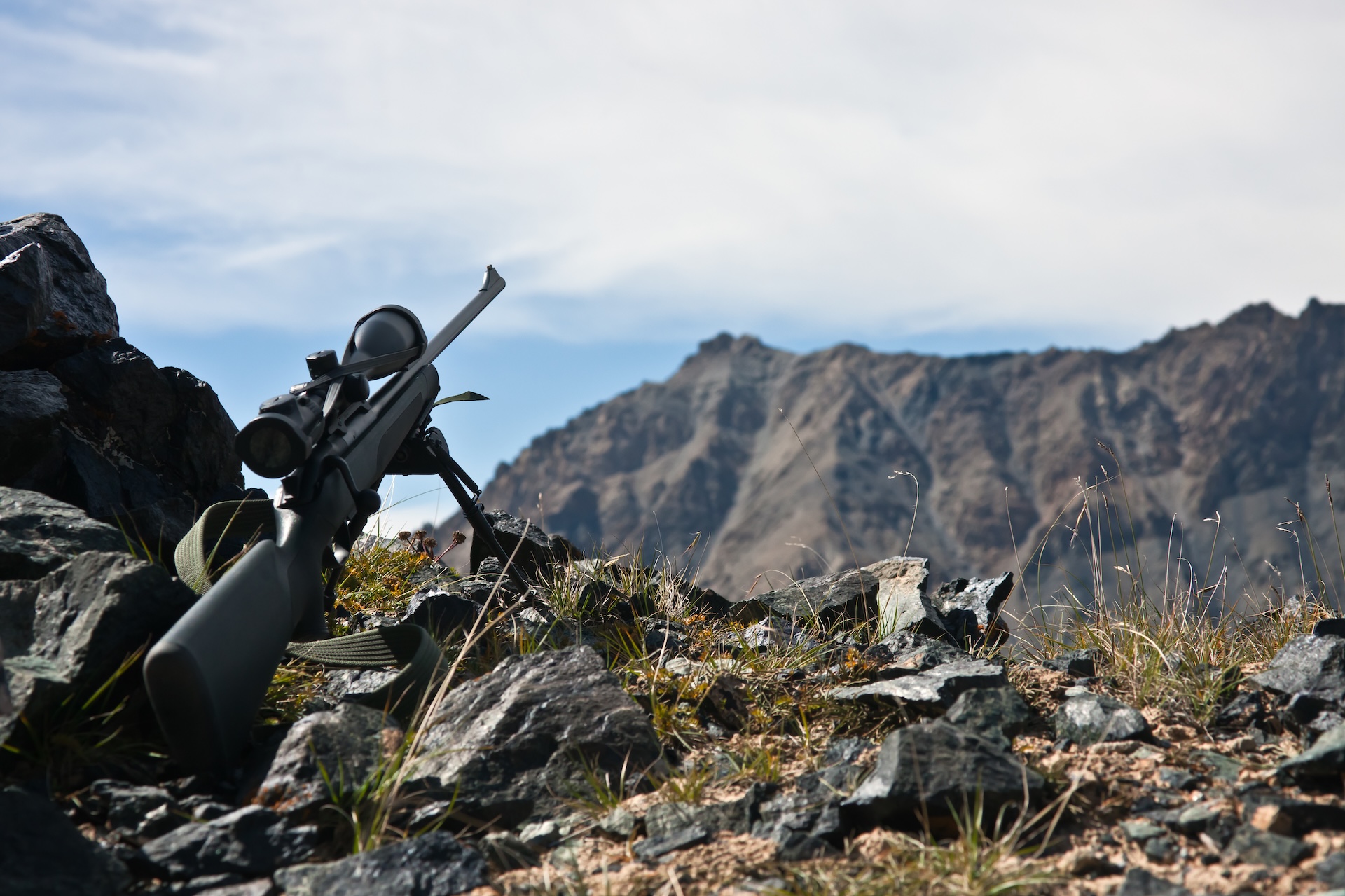
Learn Essential Skills for Long-Range Hunting
Once you have the proper equipment, you must hone your technical proficiency and field craft to be an accurate and ethical long-range hunter.
For starters, work on and hone the following skill sets:
- Ballistics: Know how wind, elevation, and temperature affect your bullet’s trajectory once it leaves the muzzle.
- Optics: Understand how to adjust your optic for windage and elevation based on your ballistics calculator or DOPE card information.
- Range Estimation: Know how to use your rangefinder, understand its limitations, and be aware of potential errors if obstacles are between you and the target. Also, practice estimating distances by eye.
- Steady Shooting Positions: You must be able to accurately shoot from prone, seated, kneeling, and standing, utilizing shooting aids like bipods, shooting sticks, backpacks, rear bags, or terrain features like rocks and trees.
- Trigger Control & Breathing: A slow, steady trigger press that leads to a surprise break is critical for precision shooting.
Consistent practice of these skills at progressively greater distances is key to your success as a long-range hunter. Once you have the basics and are confident in your abilities at the range, take your rifle to the field and practice at unknown distances and angles. You’ll find holes in your skillset that you can learn how to fix and become a competent and ethical long-range shooter.
Put Safety First
Shooting at longer distances amplifies the need for safety. In other words, long-range shots dramatically increase the opportunities for your bullet to hit objects other than your desired target.
Be aware of your surroundings and ensure you have a clear line of sight to your target. If you’re concentrating on an animal 500 yards away and your optic is focused at that point, everything between you and that target will be blurry and unrecognizable. That’s why you should scan the area and know what is between you and the target and what lies beyond it.
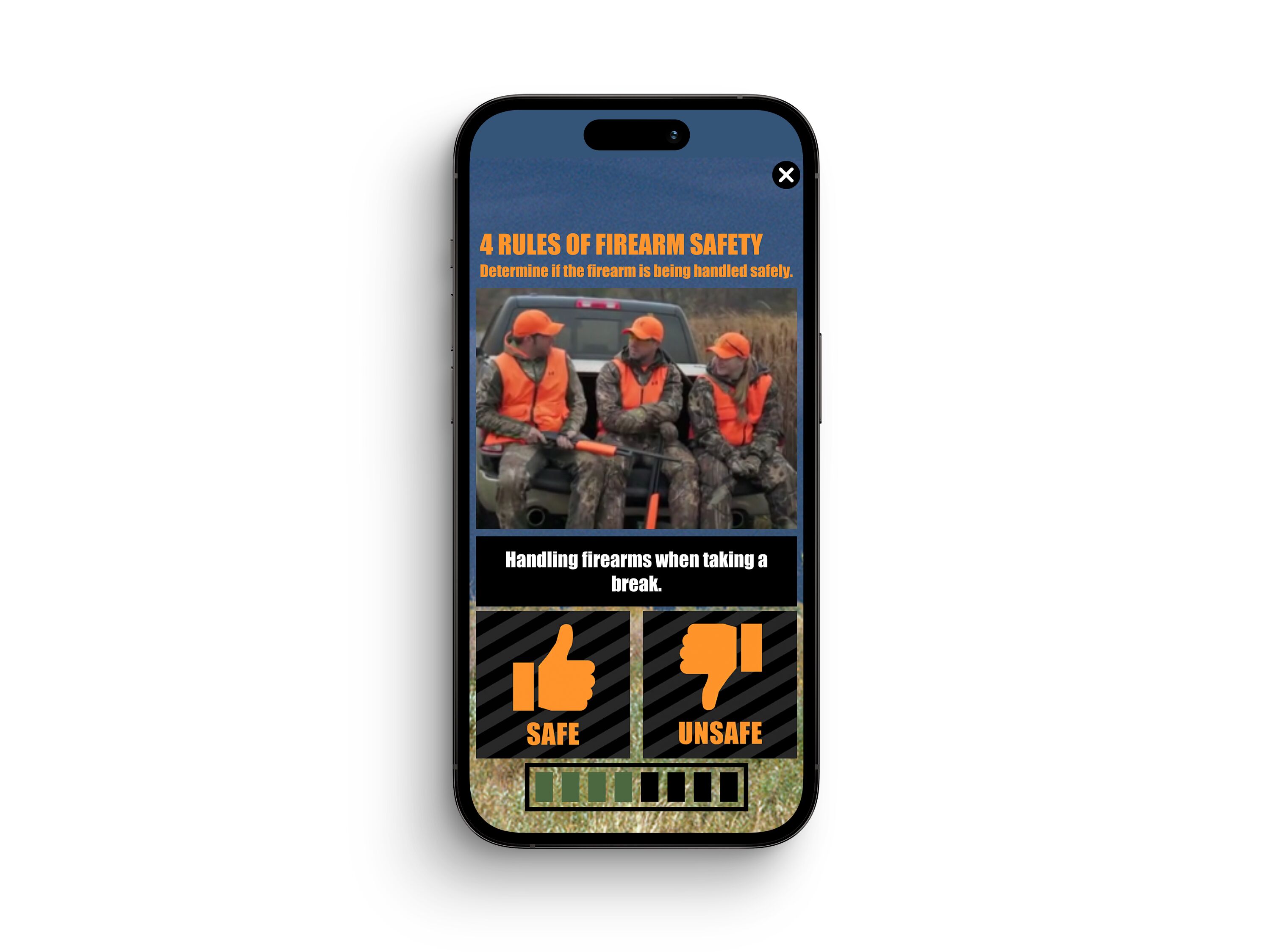
Hunter Education Helps You Stay Safe When Long-Range Hunting
Long-range hunting is a mixed bag of pride and frustration. If you're having difficulty shooting tight groups at 100 yards at the range, you may be tempted to give up and sell your gear. However, once you get your skills and equipment dialed in at a distance, there is something magical about watching the bullet’s vapor trail arc right where you want it to impact.
Getting to that point takes consistent practice and patience. As you improve those marksmanship skills, don’t forget to build a solid foundation in hunting safety and ethics. Taking an online hunter education course through ilearntohunt is an excellent way to learn the hunting safety essentials you need to put your long-range skills to the test safely.
Our state-specific courses provide you with essential knowledge about shot placement, hunting regulations, first aid, basic field skills, and game care that perfectly complement the technical aspects of long-range hunting. Plus, our courses help you meet your state's requirement for hunter education.
Get ready for your next (or first) long range hunt!
Take the ilearntohunt safety course for your state, then get out and hunt.

